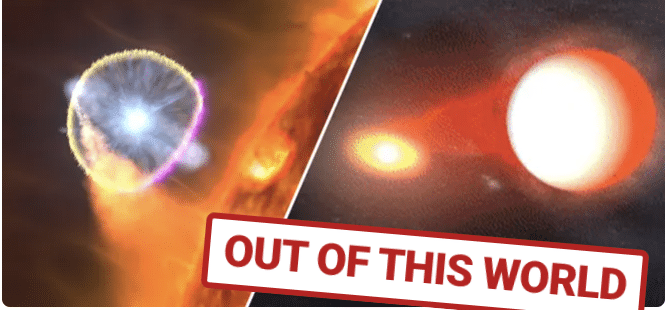Another special cosmic event is to occur this year, and according to NASA, it could be a “once-in-a-lifetime viewing opportunity.”
It’s a nova explosion located in a star system 3,000 light years away from Earth, and astronomers predict it will be visible to the “unaided eye” sometime in 2024.
“Unfortunately, we don’t know the timing of this as well as we know the eclipse,” Bill Cooke, lead for NASA’s Meteoroid Environment Office (MEO) at NASA’s Marshall Space Flight Center in Huntsville, Alabama, told Fox News Digital. “But when it happens, it’ll be something you’ll remember.”
T Coronae Borealis, nicknamed “the blaze star,” is one of 10 known recurrent novas in the galaxy. “A typical nova consists of a star, like a red giant — a star bigger than the sun — and a white dwarf, which is a star about the size of the Earth,” Cooke said.
“And that red giant is dumping material on the surface of that white dwarf. They’re orbiting each other, and they’re real close together.” “But when it happens, it’ll be something you’ll remember.”
T Coronae Borealis, nicknamed “the blaze star,” is one of 10 known recurrent novas in the galaxy. “A typical nova consists of a star, like a red giant — a star bigger than the sun — and a white dwarf, which is a star about the size of the Earth,” Cooke said.
“And that red giant is dumping material on the surface of that white dwarf. They’re orbiting each other, and they’re real close together.”










